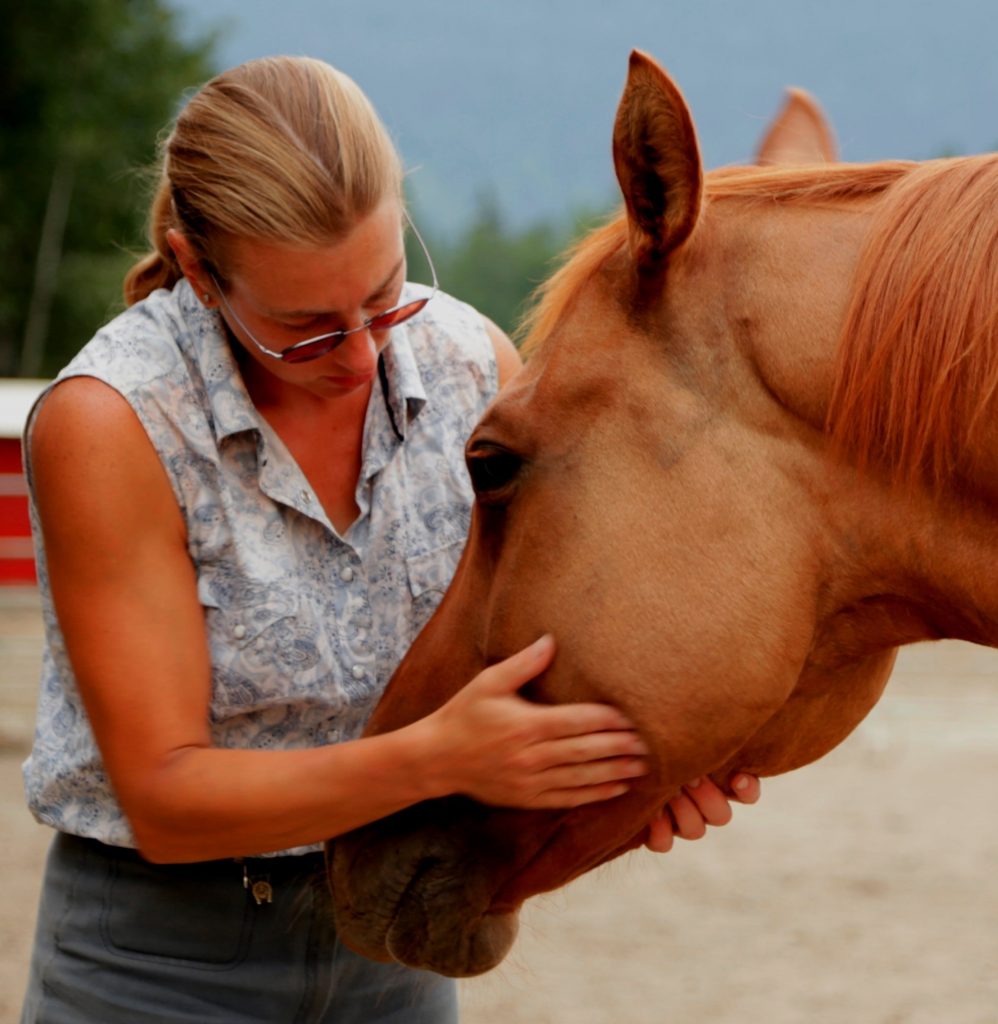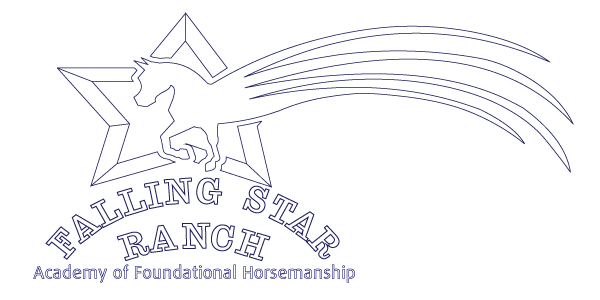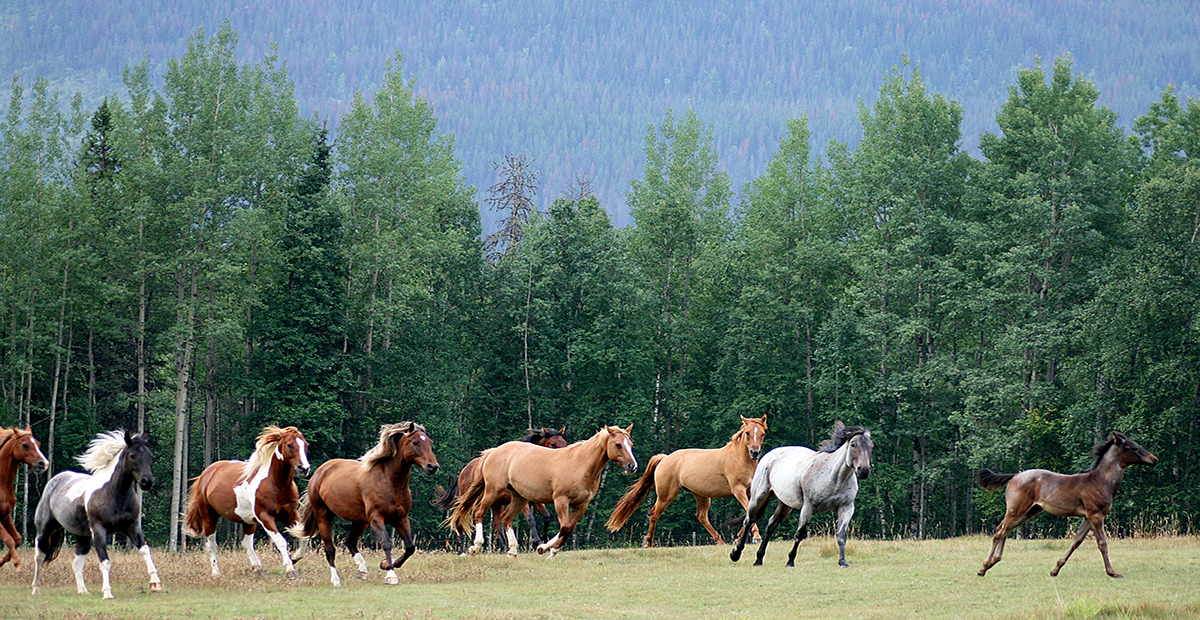
Non-resistance training methods
Non-resistance training involves identifying and utilizing the horse’s own ways of communicating rather than teaching the horse to communicate via human constructs, and capitalizes on the profoundly physiological nature of the horse by relying on the concept of frame of the body equals frame of mind.
In non-resistance training the detailed attention paid to the way, the human’s movements (body language) affect that of the horse enables a trainer to create a situation in which the horse knows that responding to pressure will actually feel good. This is a significant shift from basic pressure release training, where a horse finds relief from pressure by performing a specific action.
Non-resistance training is also differentiated from other styles of training in its focus on the quality of the response, which is dependent on how and when an aid or pressure is applied. This reflects the belief that resistance is not only shown by a horse refusing to perform a task, but by the way in which they perform it. Common problems like inversion (high head, hollow back), misalignment, stiffness or signs such as swishing tail, pinned ears when performing a task are all signs of resistance that should always be addressed, and can often be resolved easily by developing awareness of the human’s body position and timing rather than by traditional methods involving repetition or force.





